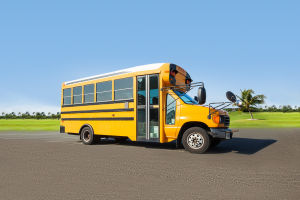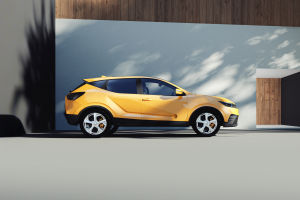
School buses are a crucial part of daily life, yet their story is often overlooked. These vehicles play an important role in ensuring students can access education safely.
From their early origins to the modern-day versions we see today, school buses have come a long way. In this article, let’s explore the fascinating history and worldwide variations of school buses!
Diana and Roma teach School bus rules with friends
video by ✿ Kids Diana Show
The Origins of School Buses
The very first school bus was created in 1827 by George Shillibeer. Interestingly, it was not a motorized vehicle but a horse-drawn carriage capable of carrying 25 children. Fast forward to 1914, when Wayne Works combined a horse-drawn carriage with a motorized chassis to create the first motorized school bus. This innovation marked the beginning of a new era in school transportation, setting the foundation for the school buses we know today.
School Buses in the United States
In the U.S., the classic yellow school bus, introduced in 1930, has become a symbol of childhood. These buses are not only large and robust but also come with features like extended stop signs to ensure safety when children are getting on or off. The bus’s yellow color helps it stand out, making it easy to spot in any weather. This design has become synonymous with school transportation worldwide.
Moreover, American school buses are designed with accessibility in mind. They often include features like wheelchair ramps or lifts to ensure that students with disabilities can safely travel to school. This attention to safety and inclusivity has made school buses a trusted mode of transport in the U.S.
School Buses Around the World
School buses might look different in other countries, but they serve the same purpose—ensuring students can get to school safely.
In China Taiwan, public schools typically don’t own their school buses. Instead, they partner with local bus companies or tour operators to provide transportation. Some private schools and universities may own their buses to transport students between campuses or from nearby towns.
China Hong Kong’s school bus system is designed mainly for younger students, like those in kindergarten and elementary school. Schools often work with bus companies, but some wealthier institutions operate their own fleets. Hong Kong also has “nanny minibuses,” which are specifically for picking up children. These vehicles are smaller and more flexible than traditional buses.
In the UK, school buses are not as common. Most children rely on public transportation, especially in urban areas. However, in rural areas, school buses do exist and are similar to the American versions in terms of safety features and design.
Safety and Innovations
The safety of school buses has always been a priority. From the early days of horse-drawn carriages to the modern motorized buses, innovations have been made to improve the security of students. Today, school buses come equipped with technologies like GPS tracking and cameras to monitor both the roads and the passengers.
In many countries, governments are continuously updating regulations to ensure that school buses meet safety standards. For instance, after several accidents, China tightened its school bus regulations, requiring stricter safety measures for new buses and more oversight of their operations.
A Lifelong Impact
School buses are more than just a means of getting to school—they are part of a child’s educational journey. Whether it’s the iconic yellow bus in the U.S., a mini bus in Hong Kong, or a coach in the UK, school buses provide a safe and reliable way for children to travel to school. Let’s take a moment to appreciate the history and the lives these buses have touched over the years.
Thanks for reading! Feel free to share your thoughts or tell us about school buses in your country. Looking forward to hearing from you, Lykkers!


